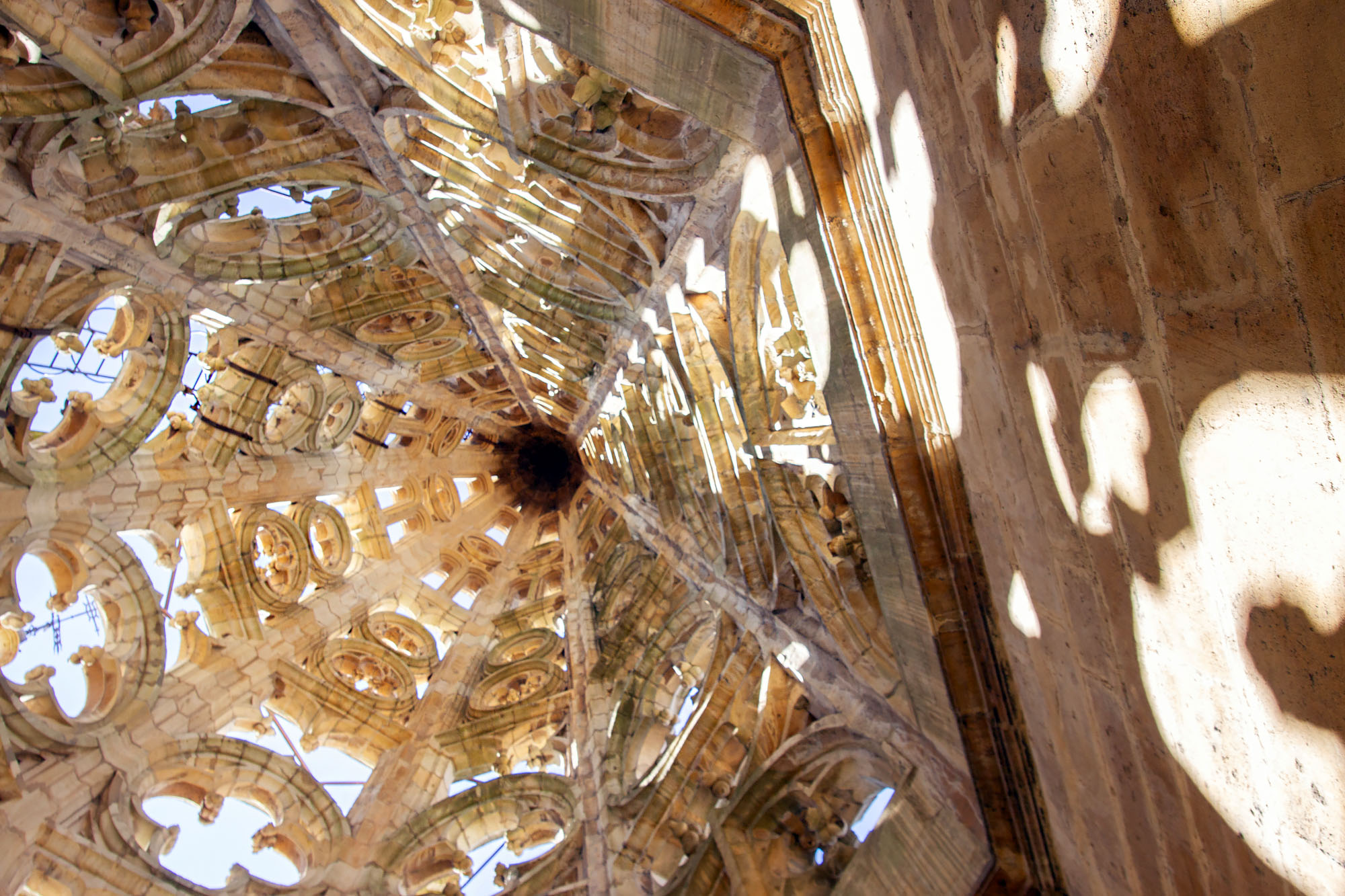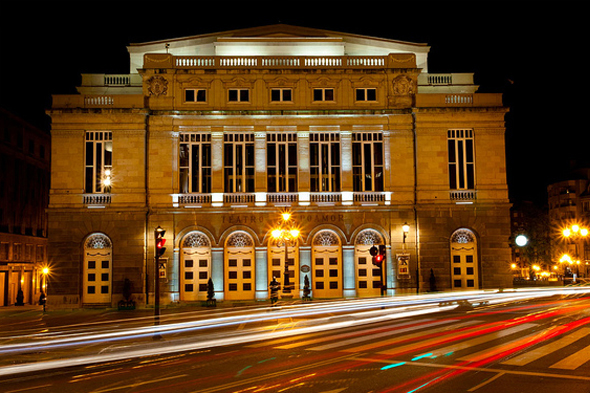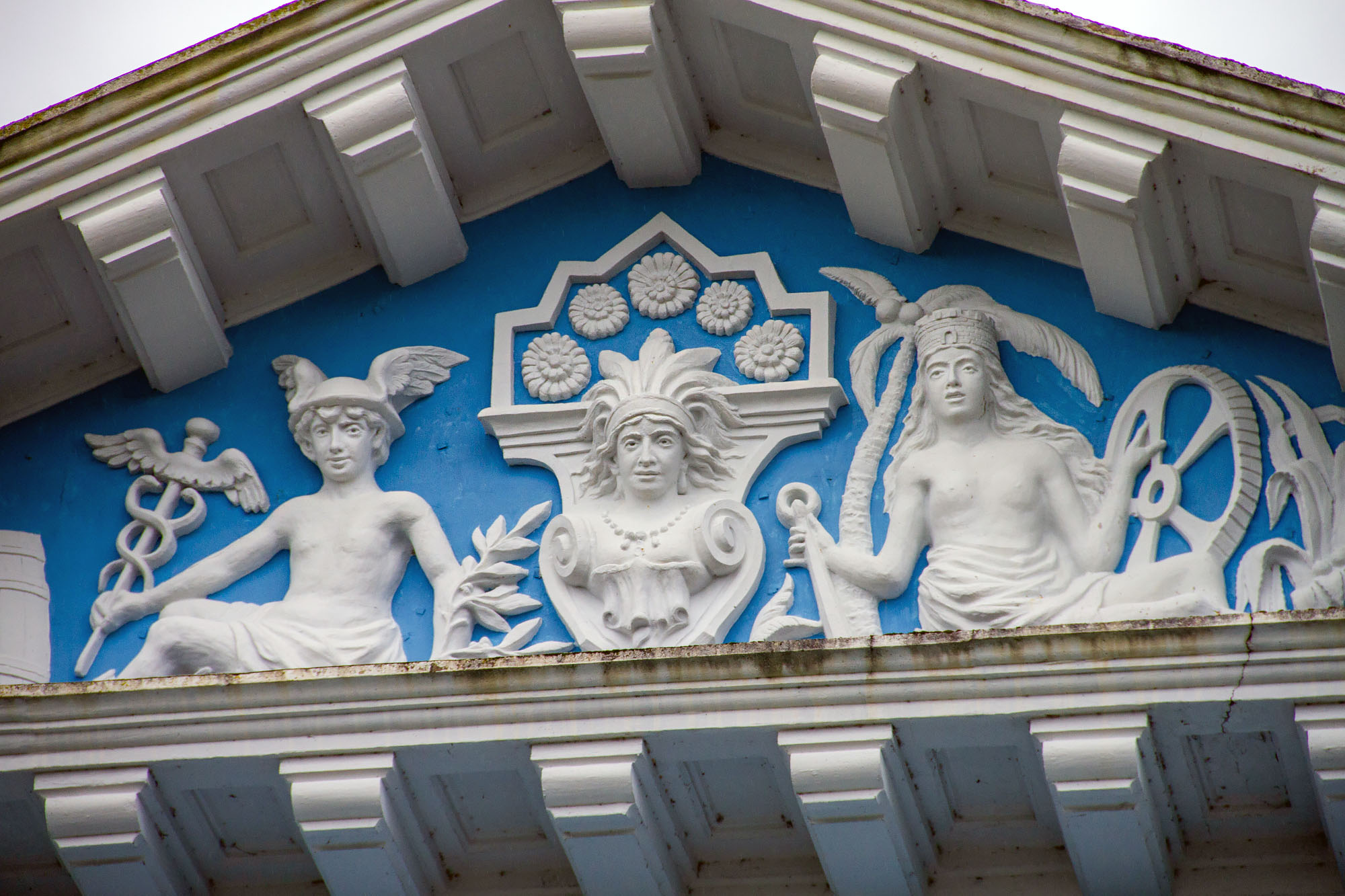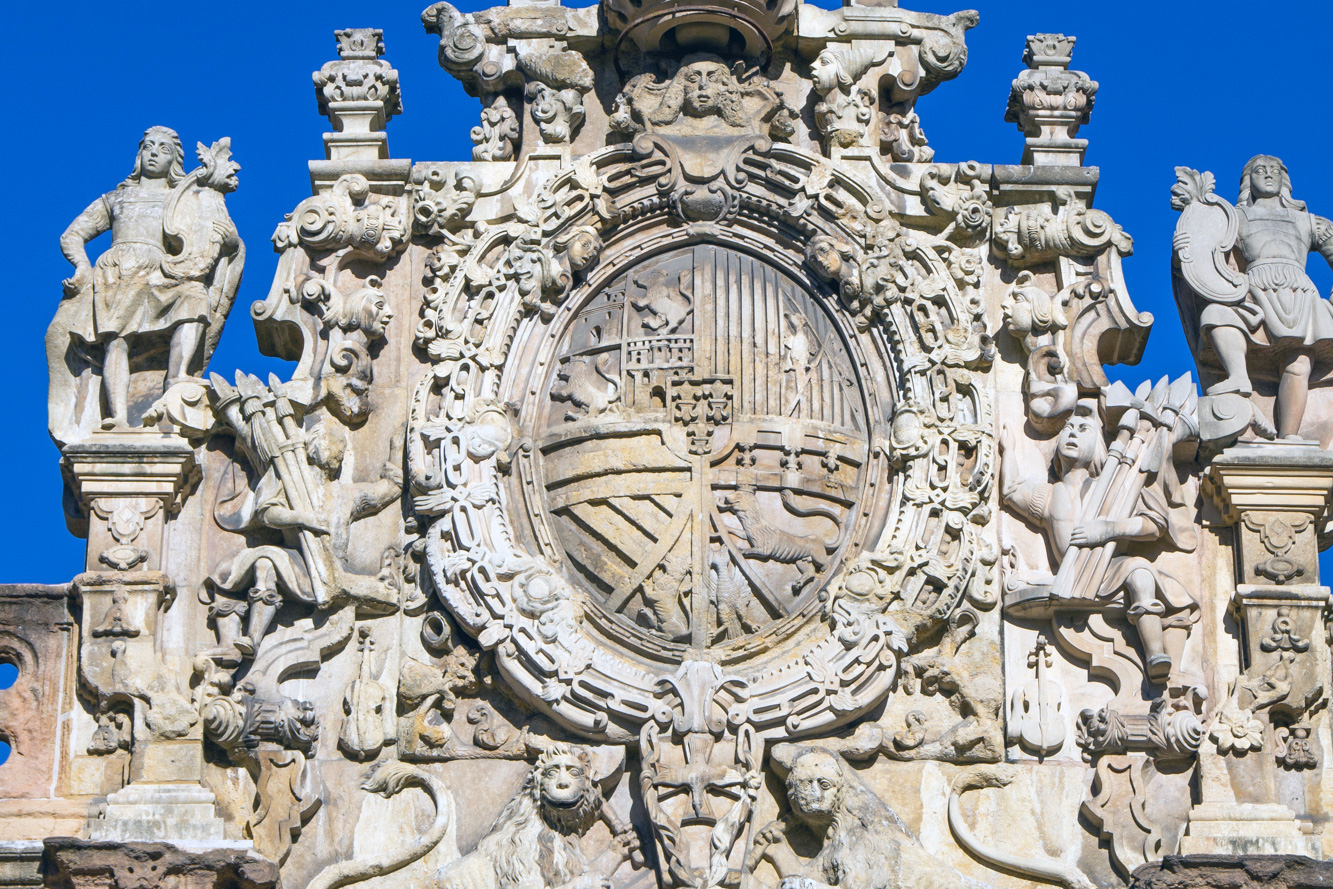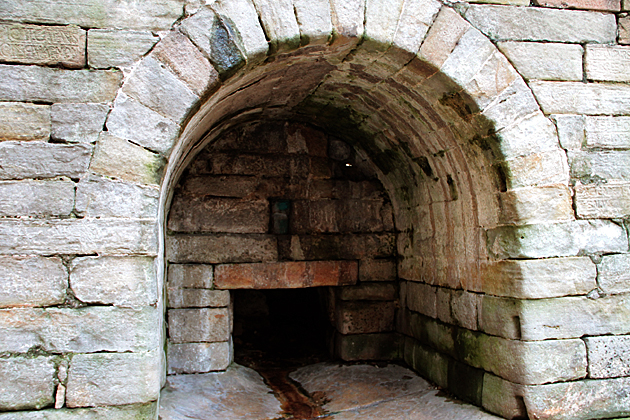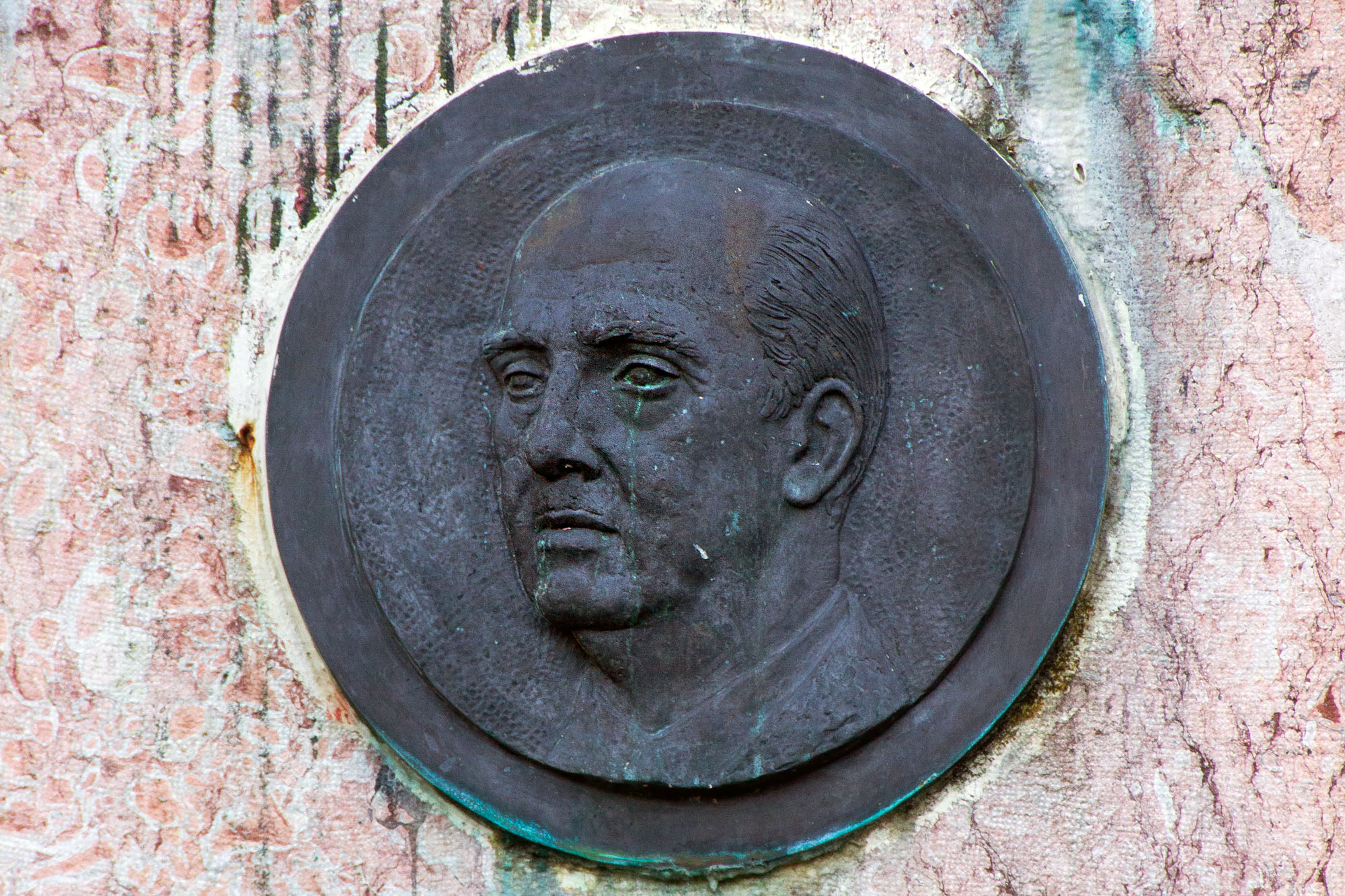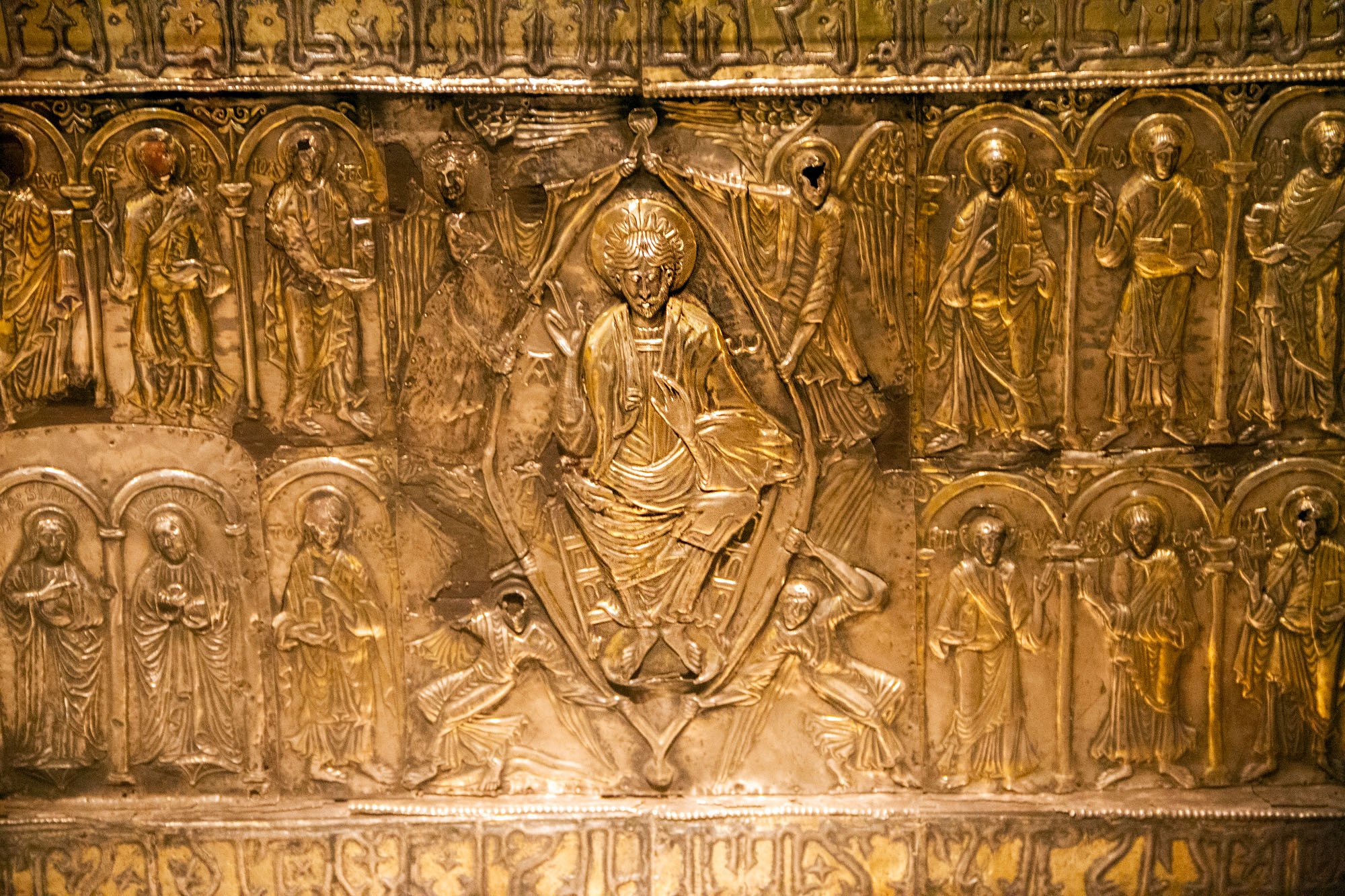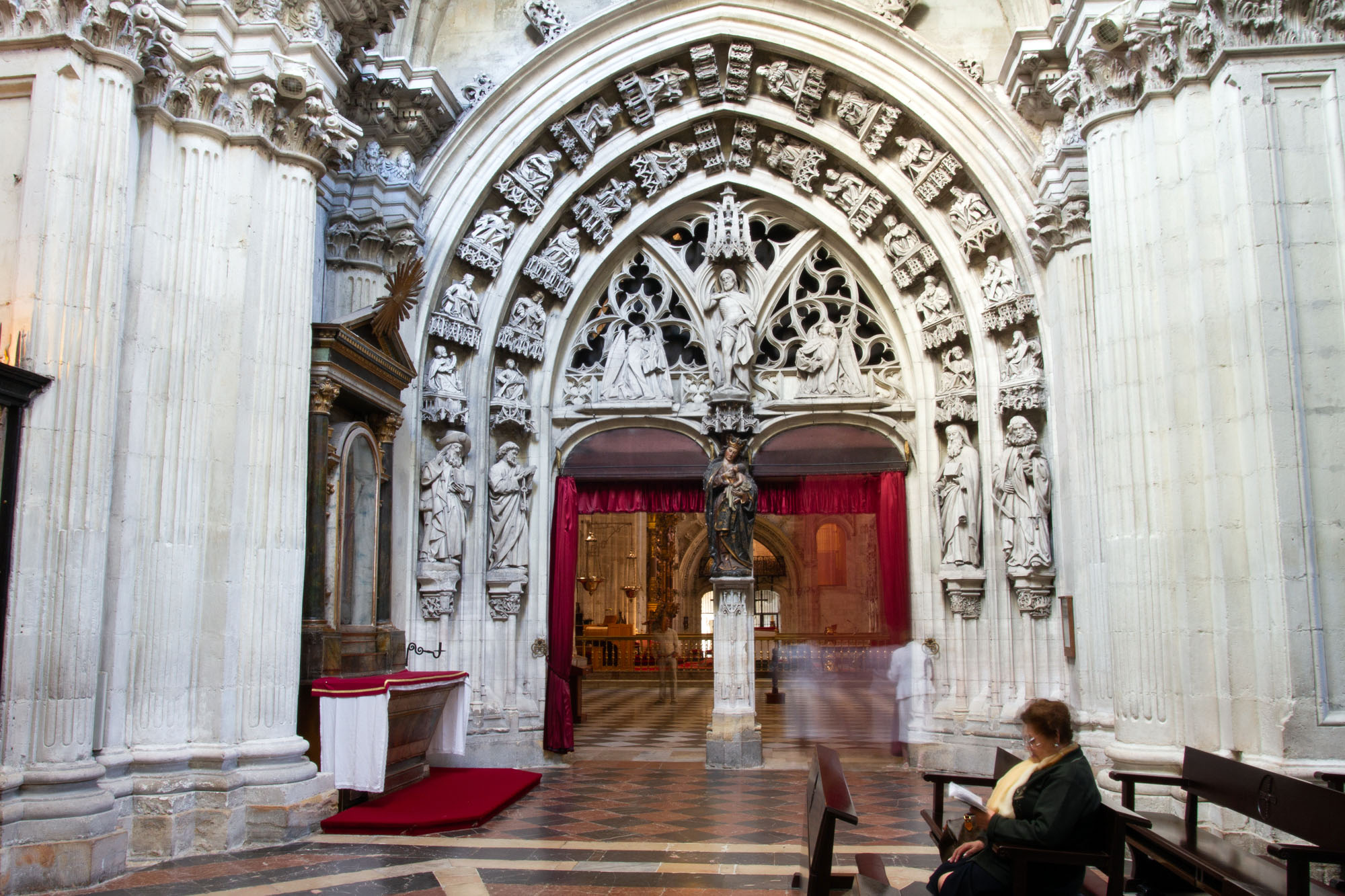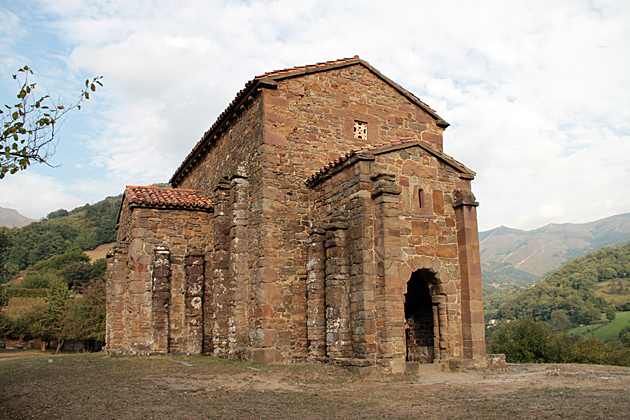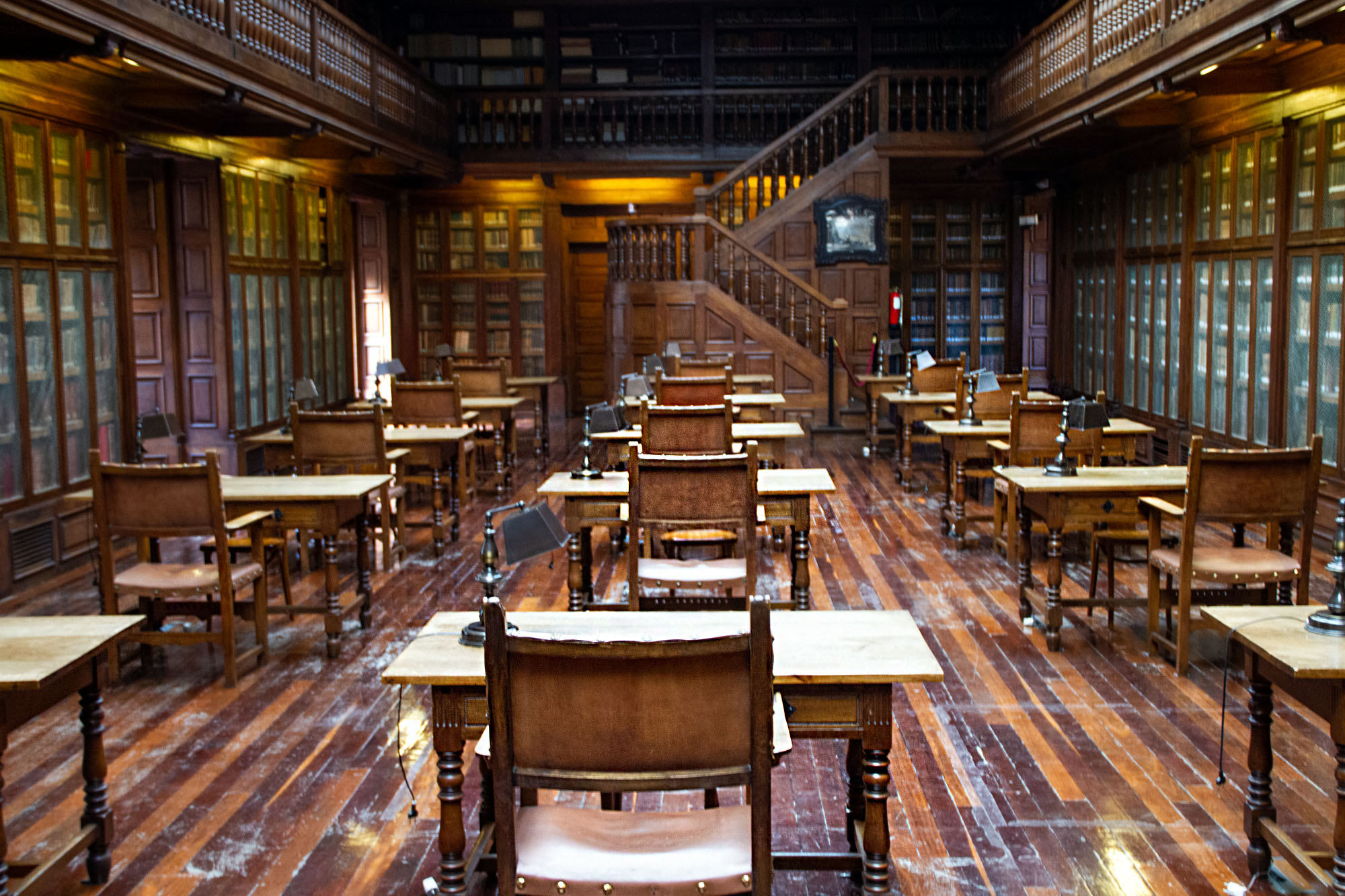Oviedo, as Seen by Quasimodo
The priests at the Cathedral were kind enough to grant us special access to the bell tower to take some shots of Oviedo from above. The stairs are in poor condition, so it's understandable why the tower is normally closed to the public. Looking out over the city, Juergen and I both became melancholic. Our three months in Oviedo had come to an end.
